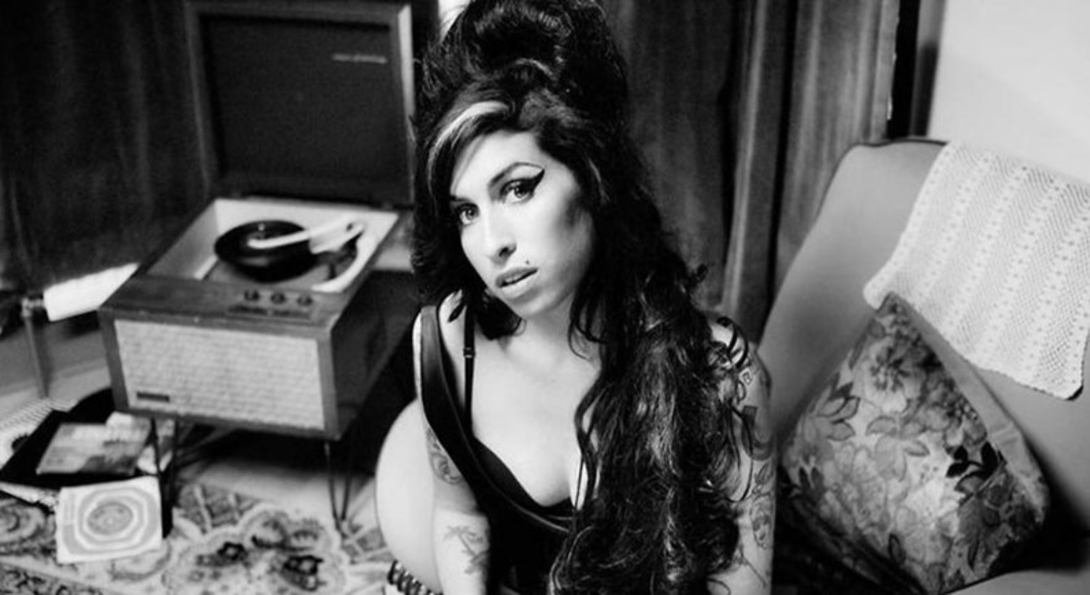Revisiting Back to Black by Amy Winehouse

★ ★ ★ ★ ★
This week marks the 12th anniversary of Amy Winehouse's second and final album, Back to Black. The album influenced dozens of artists like Adele, Corinne Bailey Rae, and Duffy to name a few. Charles Aaron, the music editor for the now-defunct Spin magazine, said in a Daily News article that "Amy Winehouse was the Nirvana moment for all these women. They can all be traced back to her in terms of attitude, musical styles or fashion." So, to say that Winehouse had a big influence on popular music as we know it is an understatement. Remember earlier this decade when there seemed to be an influx of music coming from Britain, like Beatlemania, but for British people in general? You can trace that back to Amy Winehouse. Her legacy is astronomical.
Revisiting Back to Black by Amy Winehouse Heading link

To listen to Back to Black is to listen to a piece of music history. This album was on quite a few major publications’ top-albums-of-the-year lists. For example, It was Time magazine’s number one, Entertainment Weekly’s number 2, and Billboard plus The New York Times’ number three album of the year. One song can easily explain the reasoning for the high accolades, and that song is “Me and Mr. Jones.” The opening line literally says, “What kind of f***ery is this?” She used bold and brash lyrics that no other singers at the time would dare have said and she got away with it. The opening phrase shocks you into listening to the song. Yet, upon further listening, you realize that it’s Winehouse’s raw emotion that she effortlessly conveys in her voice that keeps you listening.
Another song that has controversial lyrics is “Rehab.” The lyrics are directly inspired by Winehouse’s life. Her management actually wanted her to go to a rehabilitation center for her alcoholism. She knew it wasn’t for her, but to make her management team happy she literally went in for ten minutes and promptly walked out. Despite the bizarre experience, it at least made for a catchy and radio-friendly song that was Winehouse’s lead single for Back to Black.
“Back to Black” was the third single from the album of the same name. Despite not being the first single, some people would consider the song to have been more popular than “Rehab.” The song spent five consecutive weeks at the number one spot on the UK Singles Downloads Chart. The song is certified platinum in both the UK and the United States. Even Beyoncé and André 3000 covered the song for Baz Luhrmann’s film, The Great Gatsby (2013). But don’t let the song’s statistics dictate whether you like the song or not. It’s the soulful nature of the music that really drags you in. It makes you feel like you’re in a 1960’s black-and-white detective television show. Maybe it’s because the music video looks like Winehouse is relaying the story of the song to someone as she mourns her lover, or maybe it’s because it’s all in black and white and she has a big updo on her head. Regardless, everything about the song and the video sets the tone for who Winehouse is and what she stands for musically.
With her signature beehive hairdo and blue-eyed soul music, Amy Winehouse has been a cultural icon long after her death and into the land of today. Her legacy is seen today in modern pop, rock, and jazz artists alike. Who knows what music in this day and age would sound like without her?